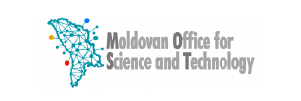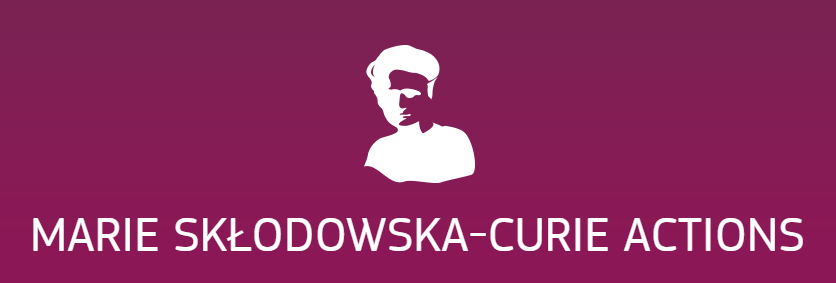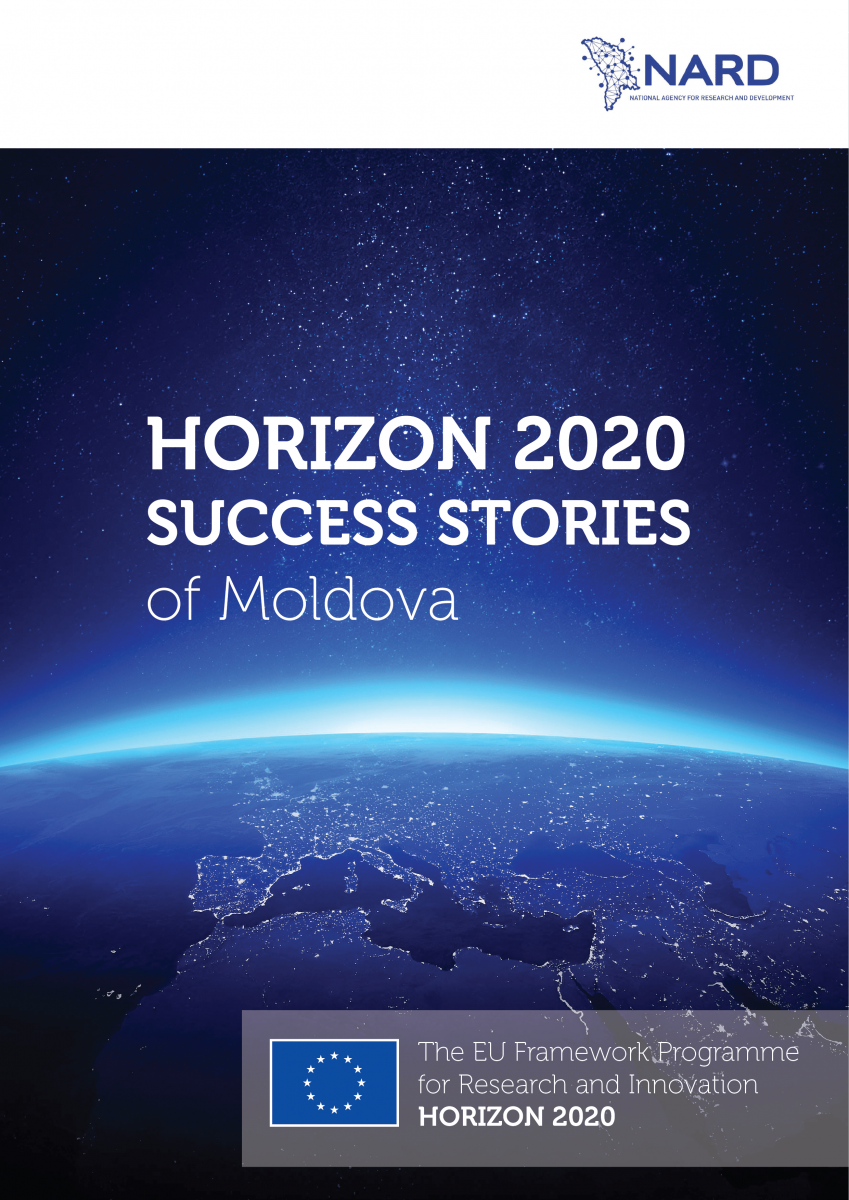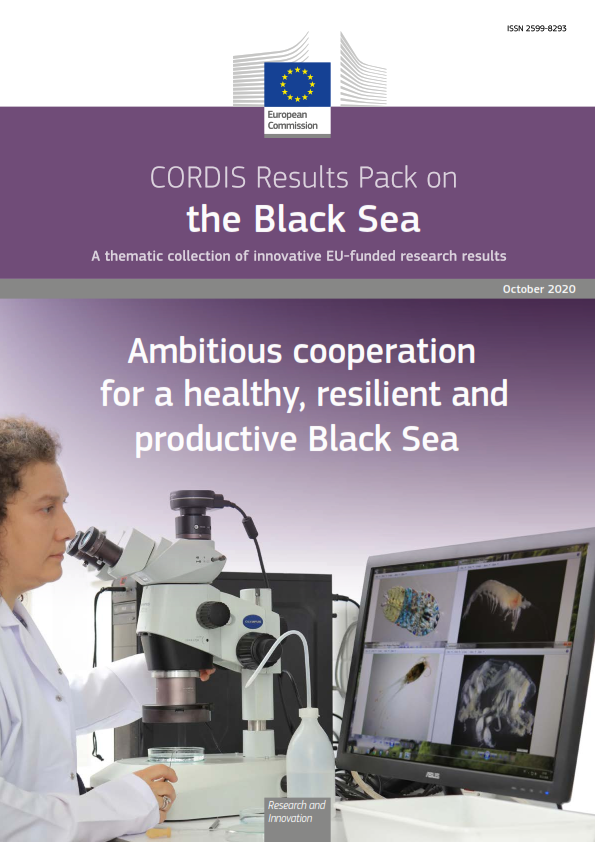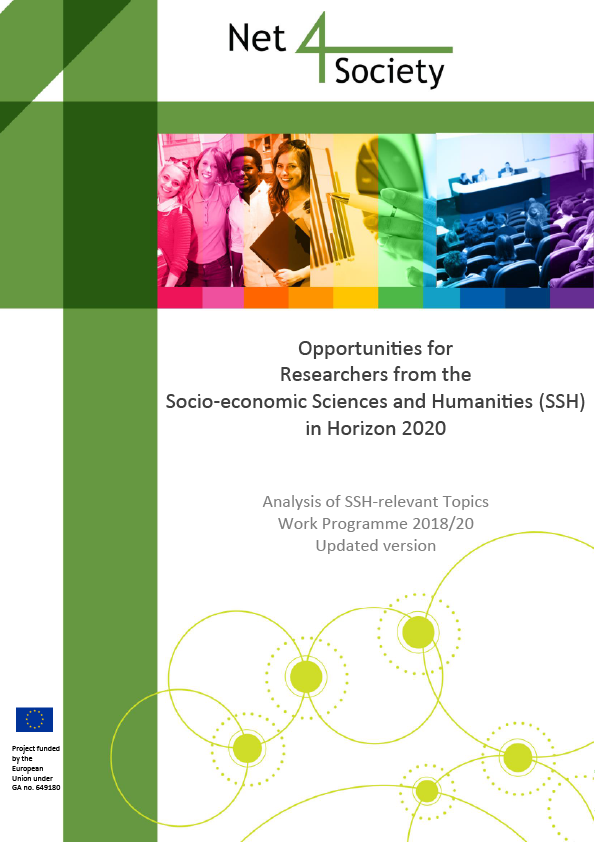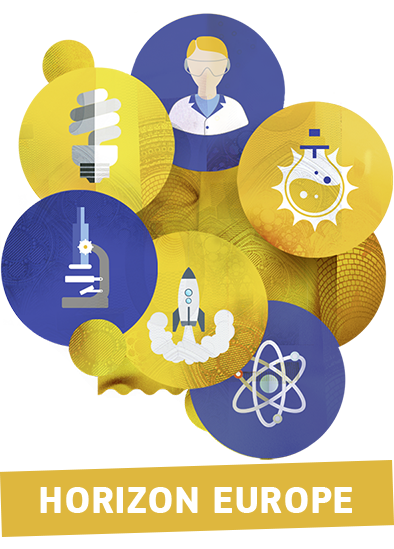Bread dough in a proofing room with mist
Yeast needs warmth to develop, but this warmth can cause the dough to dry out unless the air is kept moist. The proofing chambers used by bakeries blow steam over the rising loaves to maintain the required humidity.
It is effective technology, but the partners cooperating in theNanobak2 project still see room for improvement. Their solution, which involves ultrasound-generated microdroplets of water instead of steam, enables bakeries to produce better bread while saving time and money, says project coordinator Frank Bakker of Contronics Engineering in the Netherlands.
A number of solutions building on this innovation will be commercialised before the end of 2015, Bakker reports. The range will include both retrofit solutions and complete proofing chambers. The underlying concept can also serve to cool baked bread prior to slicing and wrapping.
Freshly baked technology
“The standard operation was to inject steam into the proofing chamber,” says Bakker. “Otherwise, the dough would dry out on the outside. There would already be a crust, and that’s not what we want.” A dry crust means that the dough won’t rise as it should before it goes into the oven, he notes. Dough with a prematurely hardened crust will also take longer to bake.
“Our technology, called UltraBAK, doesn’t use steam,” Bakker explains. “Steam is really water in gas form. We inject water in a liquid form, in very tiny droplets. These droplets evaporate and raise the humidity.”
UltraBAK uses ultrasound to generate this fine mist. This approach requires far less energy than the production of steam, says Bakker, and it improves the process: the fermentation produces even more volume. Bakers can also proof at much lower temperatures than usual, he adds, which again saves energy.
Mist means moist
While some droplets evaporate, others settle on the outside of the dough, which means that the crust doesn’t harden straight away when the loaves are placed in the oven. As a result, says Bakker, the heat can reach the centre of the loaf much faster. The extra moisture also produces a much better crust, he adds, and it extends the shelf life of the bread.
The partners have integrated this microdroplet system into a complete solution that also provides for cooling or freezing of the dough during or after fermentation. This is useful if the bread is not needed straight away. Their work builds on the outcomes of a predecessor project, which developed the microdroplet technology. Nanobak2 applied this innovation in two demonstrator projects and prepared it for commercialisation.
The partners have notably developed a complete proofing chamber that is equipped for a vast temperature range. “We have an automatic proofing room now that can handle -40 to +40 °C,” says Bakker, adding that this unique feature is already attracting considerable interest from bakeries across the EU and beyond.
Customers that would prefer to adapt existing proofing chambers will also be able to benefit from UltraBAK, says Bakker. A ready-made retrofit unit is available for artisanal bakeries, he explains, and larger businesses can order customised solutions.
Automated bakeries may also be interested in another application of UltraBAK: a system designed to cool bread after baking. It is based on the same ultrasound technology, but instead of being sprayed into an enclosed space to provide moisture, the droplets are evaporated to chill air. This stream of air is then directed towards the bread.
The proof of the pudding is in the eating, as the saying goes, and similarly the proof of the new technology will be in customer and consumer acceptance. Bakker is confident: bakeries that have tested the new humidifiers have reported excellent results, he notes, and their customers appreciate the droplet-enhanced bread.
Read more: http://ec.europa.eu/programmes/horizon2020/en/news/ultrasound-innovation...



